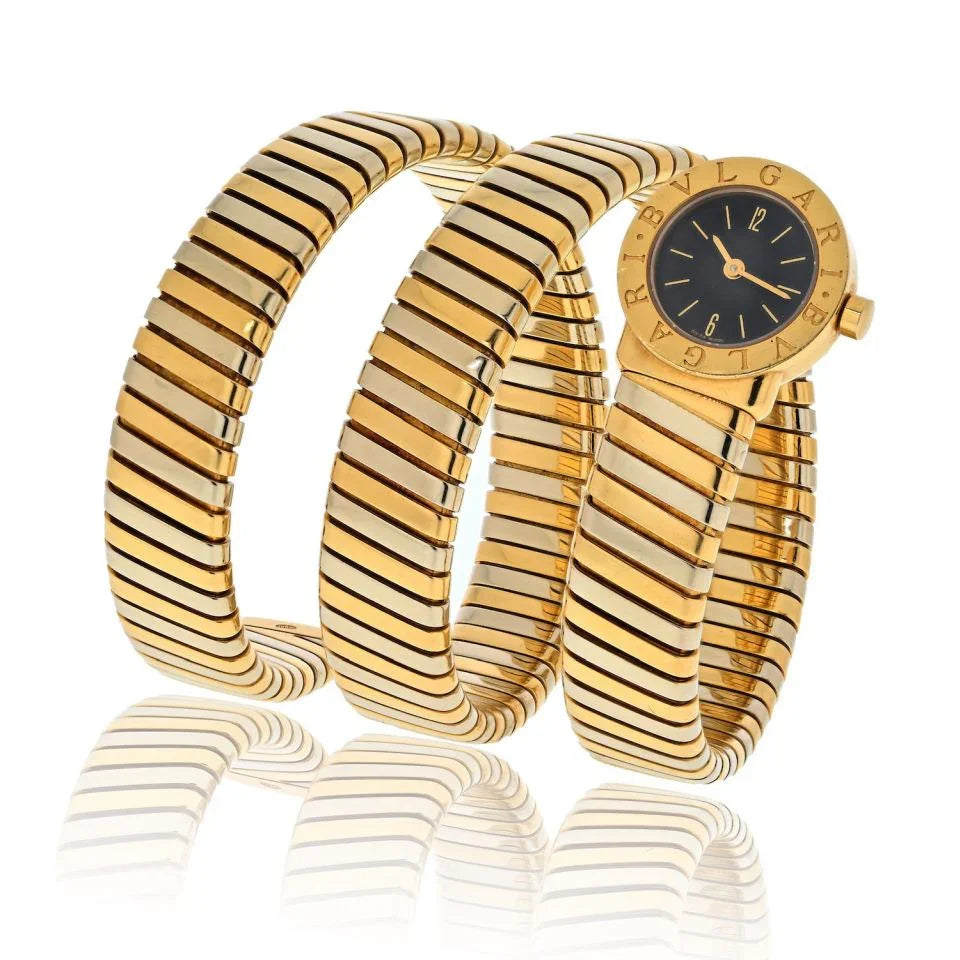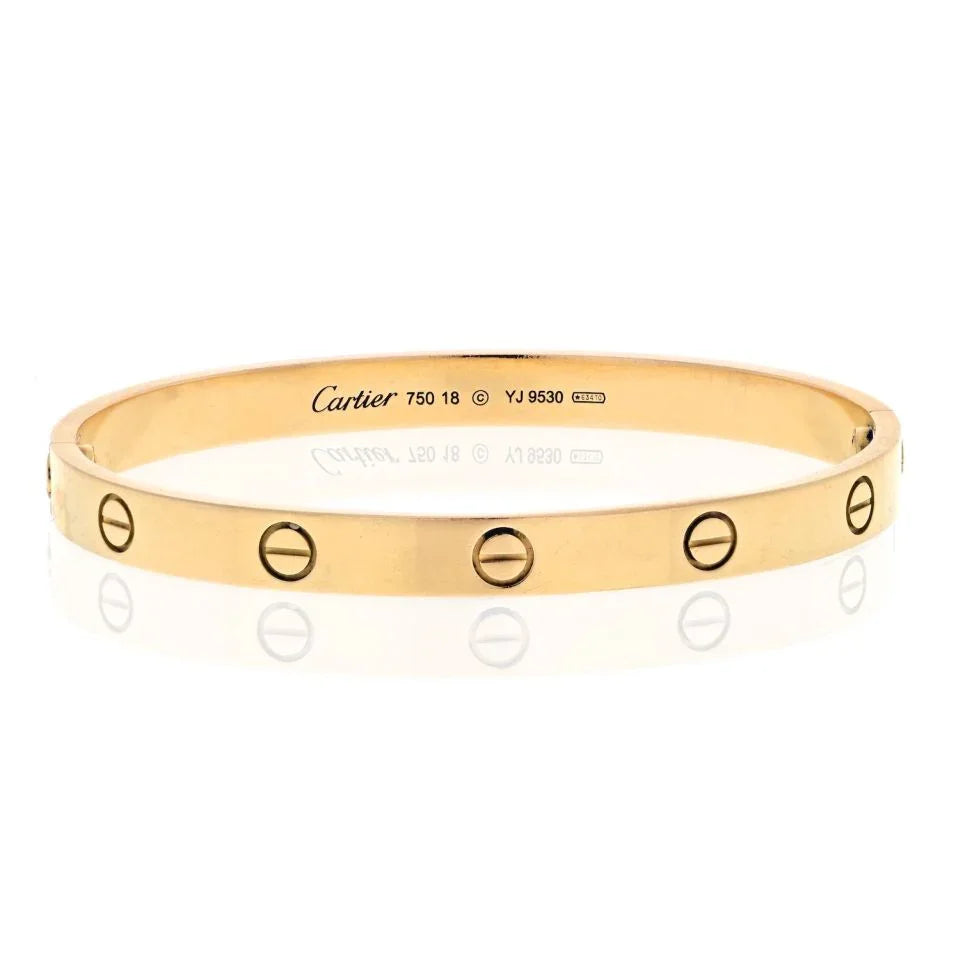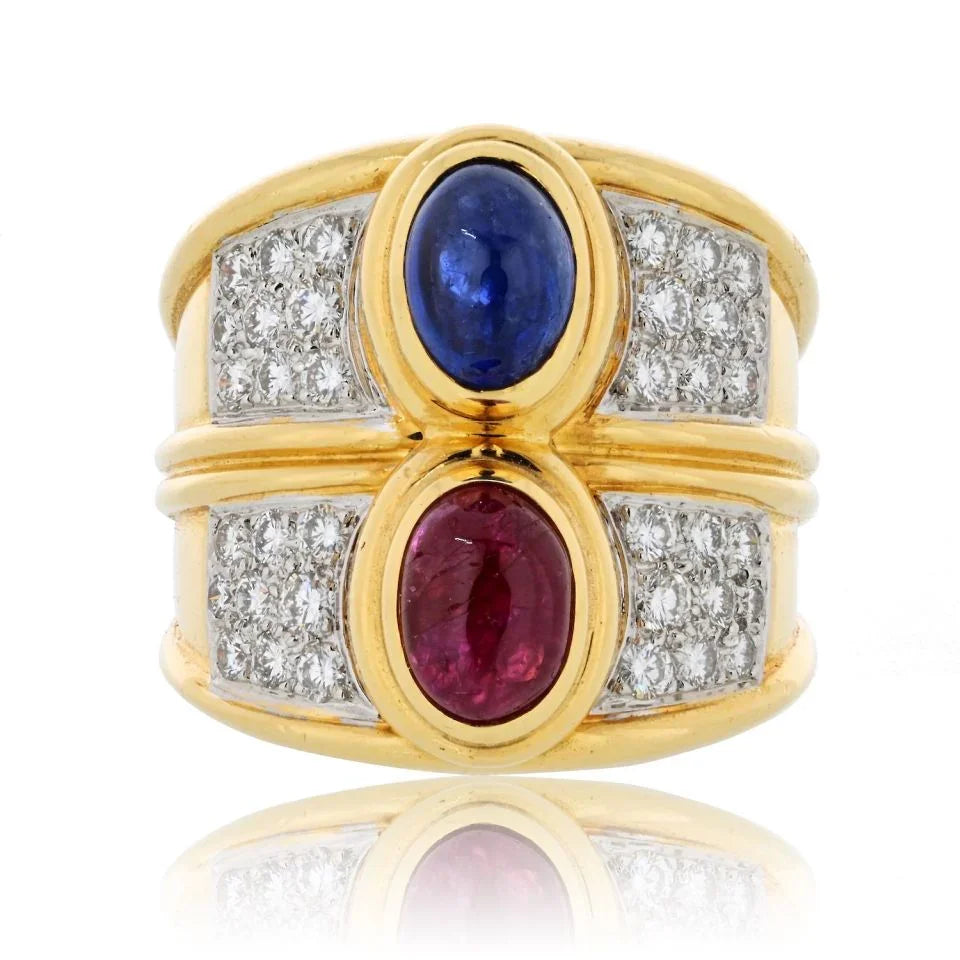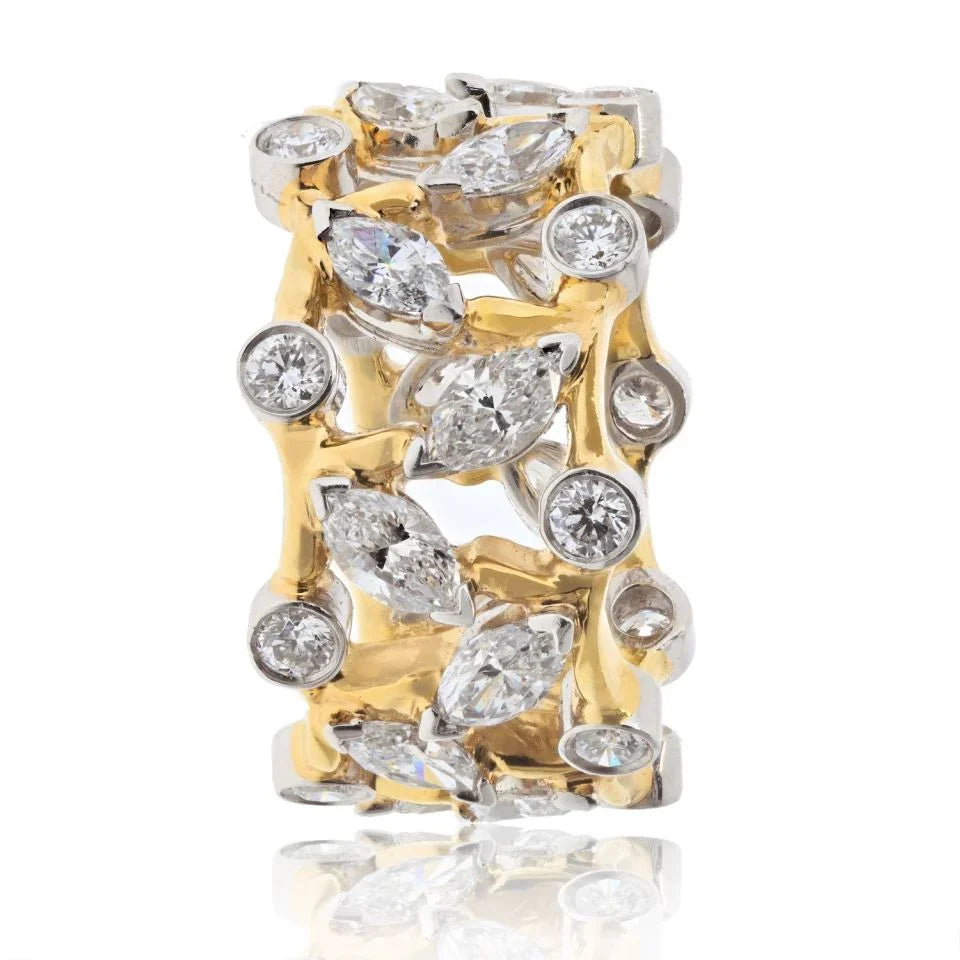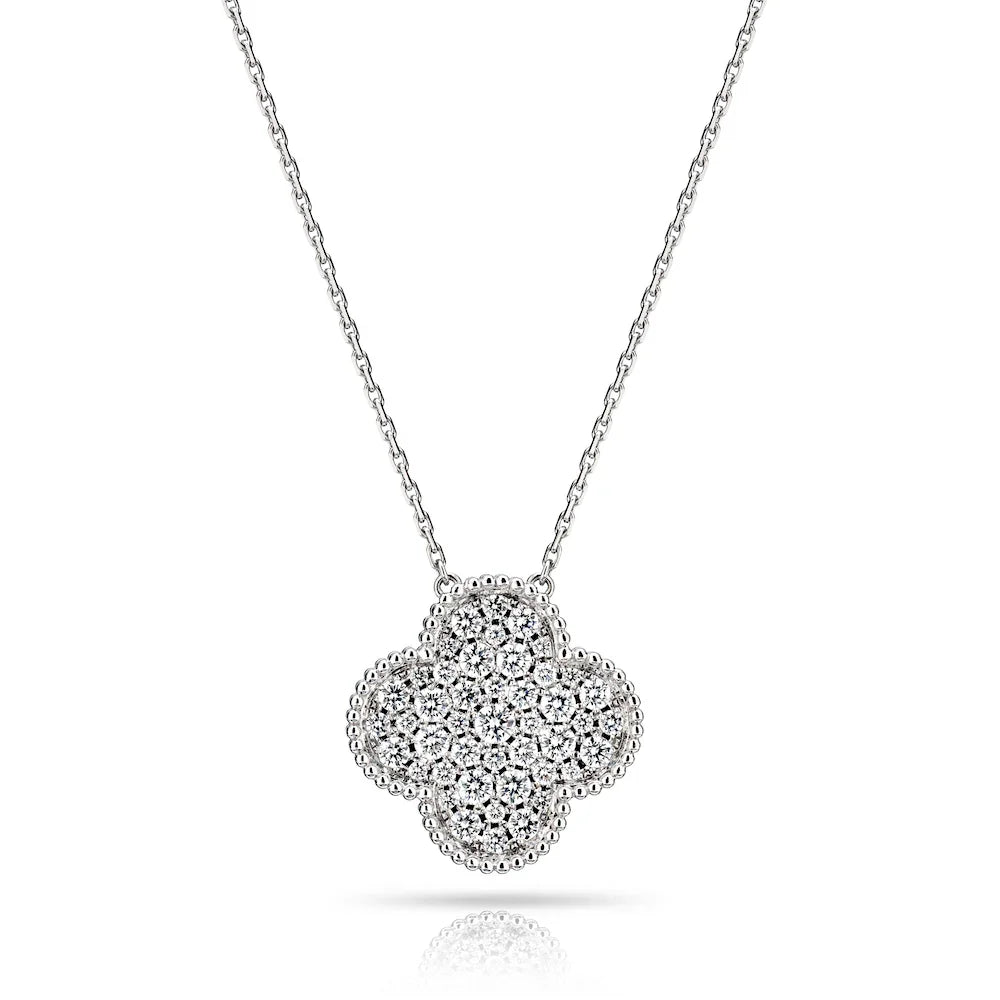Who Invented The Emerald Cut Diamond
The emerald cut is one of the most classic, dramatic and sophisticated cuts out there. With long crisp lines, these stones elongate any finger, creating a sought after look. The emerald cut diamond is derived from the first true diamond cut, the table cut, which started around the 1400s.
The emerald cut diamond hit peak popularity during the Retro era of the late 1930s and 1940s. The diamond shape was perfect for the style of the period, which celebrated eye-catching designs, romance, and sophistication. Because emerald-cut diamonds were so in demand during the Retro era, they’re often considered to have a vintage style that harkens back to the elegant glamour of the age.
Who Is Wearing Emerald Cut Diamonds
Emerald Cut Diamond On A Pave Set Split Shank Engagement Ring

Jennifer Lopez
Emerald Cut Diamond Flanked By Tapered Baguette Cuts Engagement Ring

Amal Clooney
Emerald Cut Diamond Flaked By Tapered Baguette Cuts Engagement Ring

Nicole Kidman
A Ring Upgrade: Emerald Cut Double Claw in A Tapered Baguette Setting

Demi Lovato
Three Stone Engagement Ring with an Emerald Cut Diamond And Brilliant Cut Trapezoids

Mariah Carey
An Emerald Cut Diamond With Tapered Baguettes

What is The Ratio in Emerald Cut Diamonds
Ratio is a simple math of Length divided by Width. You can locate these measurements on a certificate of a diamond. It is written in mm and is the third line on a GIA report. When doing this simple math you will normally get a number anywhere from 1 to 2 and that's it's ratio.
When you’re shopping for an emerald-cut diamond, you need to decide what you’d like for your diamond’s length to width ratio. Emerald cut diamonds can range in shape from perfectly square to elongated and rectangular. Emerald-cut diamonds with ratios close to 1.0 will have a square shape, while emerald-cut diamonds with higher ratios near 1.7 will be quite long and thin. 
Most people prefer emerald cut diamonds that fall into the range of 1.3 to 1.6. Diamonds within that range will have a classic rectangular shape. But note that there is no best ratio for emerald-cut diamonds. This simply comes down to personal preference.
Is It True That Emerald Cut Diamonds Show Less Color
Diamond color grade is always a matter of personal preference. Diamonds are graded on a scale of D to Z, with D grade diamonds being completely colorless. Emerald cut diamonds show color a bit better than other diamond shapes due to their large open table. Still, you can usually go as low as J color and still get an emerald-cut diamond that looks white, especially if your setting has a warmer color. If you’re shopping for a diamond for a platinum or white gold setting, consider sticking with an I color diamond or higher to ensure your diamond looks white against your setting.
How To Buy An Emerald Cut Diamond
A major advantage of emerald-cut diamonds is their price. The emerald cut is one of the most affordable diamond shapes. On average, emerald cut diamonds cost around 20 to 30% less than round diamonds. You can use this price advantage to save money on your diamond jewelry or to upgrade your diamond’s size or quality.
Note that modern emerald cut diamonds have 58 facet and 3 rows of steps on both the crown and the pavilion. The table is larger, which can result in imperfections being seen more easily. One should be careful when purchasing an emerald cut diamond with a lower clarity, as these inclusions tend to stand out more.
Emerald Cut Diamond Engagement Rings From The Back Vault NYC.

